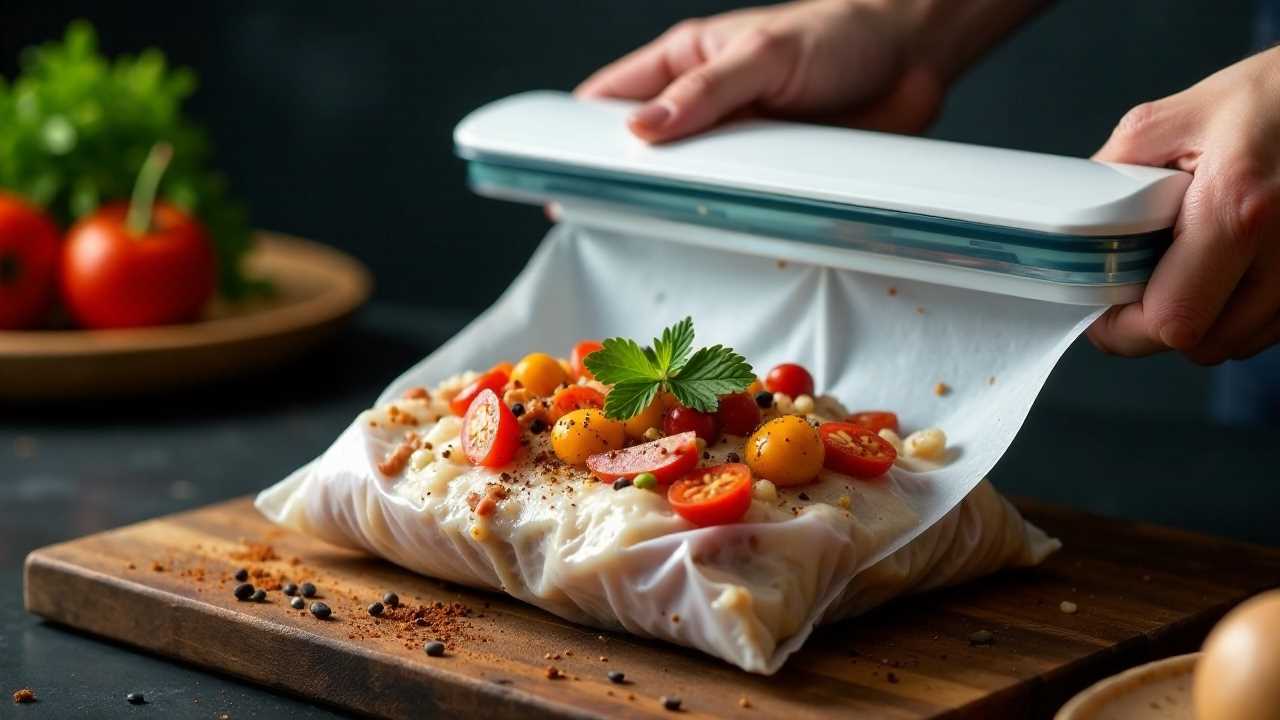
Sous vide cooking for home chefs has revolutionized the way we approach meal preparation, allowing for unparalleled precision and control over the cooking process. This technique, which involves cooking food in a vacuum-sealed bag submerged in a water bath at a consistent temperature, ensures that every dish is cooked to perfection. In this article, we will explore the essential elements of sous vide cooking, including precision, immersion, temperature control, vacuum-sealing, tenderizing, and flavor infusion.
The Power of Precision in Sous Vide Cooking
One of the standout features of sous vide cooking is its precision. Unlike traditional cooking methods, where temperature can fluctuate, sous vide allows you to set a specific temperature for your food, ensuring it is cooked evenly throughout. This level of control is particularly beneficial for proteins, where even a slight overcooking can lead to dryness. By maintaining a steady temperature, you can achieve the desired doneness every time, whether you’re cooking steak, chicken, or vegetables.
Immersion: The Key to Even Cooking
Immersion is a fundamental aspect of sous vide cooking. By immersing vacuum-sealed bags in a water bath, heat is evenly distributed around the food, eliminating hot spots that can occur in conventional cooking. This method not only enhances the cooking process but also helps retain moisture, resulting in tender and juicy dishes. The immersion technique is especially effective for delicate items like fish, which can easily overcook if not monitored closely.
Temperature Control: The Science Behind Sous Vide
Temperature control is crucial in sous vide cooking. Each type of food has an ideal cooking temperature that maximizes flavor and texture. For instance, cooking a steak at 130°F (54°C) for a few hours will yield a perfectly medium-rare result, while cooking it at a higher temperature will result in a different texture. Understanding the science behind temperature and its effects on food is essential for home chefs looking to master this technique.
Vacuum-Sealing: Preserving Flavor and Freshness
Vacuum-sealing is an integral part of the sous vide process. By removing air from the bags, you not only prevent oxidation but also enhance flavor infusion. The vacuum-sealed environment allows marinades and seasonings to penetrate the food more effectively, resulting in richer flavors. Additionally, vacuum-sealing helps maintain the food's freshness, making it a practical choice for meal prep and storage.
Tenderizing: Achieving Perfect Texture
One of the most significant advantages of sous vide cooking is its ability to tenderize tough cuts of meat. The low and slow cooking method breaks down connective tissues without the risk of overcooking. For example, cooking a tough cut like brisket at a low temperature for an extended period can transform it into a melt-in-your-mouth delicacy. This technique not only enhances the texture but also allows home chefs to experiment with a variety of cuts that may otherwise require extensive cooking methods.
Flavor Infusion: Elevating Your Dishes
Flavor infusion is another remarkable benefit of sous vide cooking. The vacuum-sealed environment allows for intense flavor profiles to develop as the food cooks. By adding herbs, spices, and aromatics directly into the bag, you can create complex flavors that permeate the food. This method is particularly effective for infusing oils and broths, making your dishes more vibrant and delicious.
In conclusion, mastering sous vide cooking for home chefs opens up a world of culinary possibilities. By harnessing the power of precision, immersion, temperature control, vacuum-sealing, tenderizing, and flavor infusion, you can elevate your cooking game and create restaurant-quality meals in the comfort of your home. Embrace this innovative technique and enjoy the benefits of perfectly cooked, flavorful dishes every time.
 Family Craft ProjectsHome ImprovementCooking and BakingReuse and RecycleDIY GiftsEco-Friendly ProjectsDIY Home SolutionsSeasonal ActivitiesFun and GamesLearn TogetherPrivacy PolicyTerms And Conditions
Family Craft ProjectsHome ImprovementCooking and BakingReuse and RecycleDIY GiftsEco-Friendly ProjectsDIY Home SolutionsSeasonal ActivitiesFun and GamesLearn TogetherPrivacy PolicyTerms And Conditions
